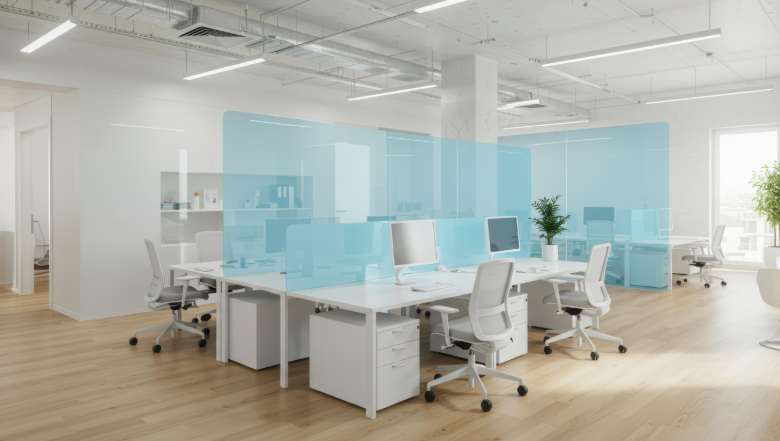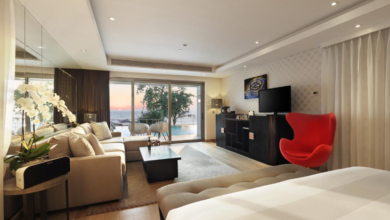Open Office Furniture That Encourages Collaboration

The dynamic work of modern offices is here with us, showing zero signs of slowing down. But did you know that central to this dynamism is the concept of open office plan? And while we must appreciate the importance of the traditional office layout (with high-walled cubicles and closed-off rooms), the open layout takes teamwork, transparency, and communication to a whole new level. In this post, we delve into the magic behind the open plan offices: the open office furniture.
Key Features of Collaborative Office Furniture
Collaborative office furniture serves practical functions that influence how people interact. The best pieces are;
Modular and flexible: Easily rearranged to accommodate different group sizes or working styles.
Comfortable and inviting: Encouraging employees to linger, connect, and engage with one another.
Integrated with technology: Providing charging ports, data connections, and screen-sharing capabilities.
Space-conscious: Making the most of available square footage without creating clutter or distraction.
Top Furniture Options for Collaborative Workspaces
1. Benching Systems
These are long, shared work surfaces designed to accommodate a number of employees with minimal partitions. They support transparency and make it easier for team members to ask quick questions, brainstorm, or share feedback. Benching promotes a sense of unity and is ideal for teams that work closely together. Many benching systems include low-profile dividers or acoustic panels for purposes of balancing openness and privacy.
2. Collaborative Workstations
Unlike traditional cubicles, collaborative workstations are designed for interaction. These semi-enclosed areas often feature shared desks, curved seating arrangements, or circular layouts that allow teams to face one another easily. They’re perfect for project-based teams or departments that require frequent collaboration. These workstations often include writable surfaces like whiteboard panels or built-in glass boards to capture ideas in real time.
3. Soft Seating and Lounge Areas
Comfortable lounge furniture, such as sofas, armchairs, and ottomans, can turn informal spaces into productive meeting spots. These zones are especially useful for impromptu brainstorming sessions, one-on-one catch-ups, or decompressing after intense tasks. When paired with coffee tables, side tables, or mobile work surfaces, soft seating areas can create a relaxed yet functional environment that supports creative thinking.
4. Huddle Rooms and Movable Walls
It’s still important to ensure your staff maintains focus in a noisy open office by providing them with semi-private spaces where small groups can meet without distractions. Huddle rooms equipped with mobile furniture like rolling chairs, collapsible tables, or modular couches offer flexibility and focus. Movable walls or acoustic panels also allow teams to “build” temporary spaces for collaboration without requiring permanent structural changes.
5. Mobile Whiteboards and Writable Surfaces
Whiteboards and writable walls are essential for visually capturing ideas. Portable options can be rolled to any part of the office, turning any corner into a collaboration zone. Some desks and partitions now also feature writable surfaces, allowing spontaneous note-taking during team discussions.
See also: Transformative Business Opportunities Every Entrepreneur Should Explore in 2025
Tips for Designing a Collaborative Office Layout
To maximize the impact of collaborative furniture;
Create zones: Designate different areas for focused work, casual meetings, and formal collaboration.
Encourage movement: Make it easy for employees to move between workstations, lounges, and meeting areas.
Balance noise: Use acoustic panels, rugs, and plants to soften sound and prevent distractions.
Add personality: Incorporate colors, textures, and accessories that reflect company culture and make the space inviting.
In a nutshell, the shift toward open office design is about enabling better communication, innovation, and teamwork. By investing in furniture that supports collaboration, companies create environments where employees can connect naturally and work more effectively together. Whether through flexible benching systems, inviting lounge areas, or high-tech huddle zones, open office furniture helps break down barriers and build up the kind of synergy that modern businesses need to succeed.




